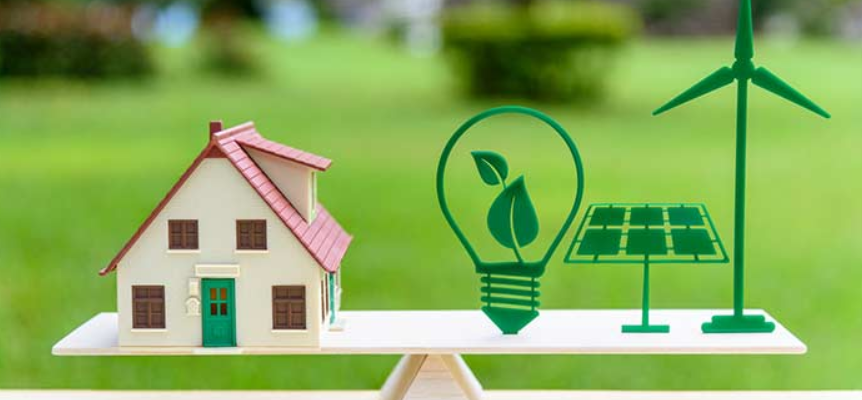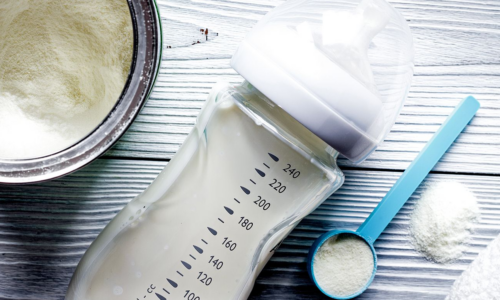When talking about our homes, there isn’t much we wouldn’t do to arrange things to meet our taste. Of course, this is just the tip of the iceberg and more about decorating and the interior of the house in general, but there are certain things we need to deal with and fix on time to avoid further problems.
Now, as you probably already know, delaying dealing with certain home-related things can lead to having to pay much, much more to fix it than it would be needed if we deal with that issue on time. One of those big problems that can end up being so costly in the end is surely about energy leaks, so don’t entertain energy leaks, as, first of all, they can lead to huge energy bills.
In order to avoid any problems and having to pay larger bills, stop these leaks for an energy-efficient home, deal with air leakages, consider replacing the old windows, and cut down on chimney heat losses. So, if you want to find out how to do that, the following are sure tips and tricks for stopping energy leaks at home.
1. Air Leakage
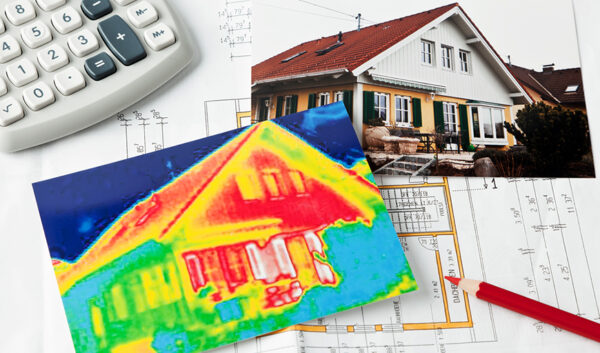
As for air leakage, the first thing to know about it is that it can be extremely hazardous. Not only can it make your home uncomfortable, but it can also lead to significant energy losses. So, in order to identify potential leaks, consider conducting regular home audits, and once you do that, go ahead and develop a comprehensive plan for upgrades.
Some of the most effective ways for stopping air leaks include installing weatherstripping, adding foam gaskets, and installing caulking. Of course, for further savings, you may also want to consider closing the fireplace foam and covering your kitchen when not in use.
Among all other things, proper insulation is also of great importance, and in all areas of the house, even the attic, so make sure that your attic is well-insulated. Furthermore, if it’s too old, install blown-in insulation, as this is one of the most efficient ways to minimize the energy consumption in your homes.
Installing proper insulation can reduce your energy costs by up to fifty percent. So, if you haven’t yet insulated your attic, then it’s high time you do so, so make sure to visit Utility Bidder to learn how to save on energy bills.
2. Replace Old Windows

Okay, most people prefer having wooden doors and windows as they leave a much warmer effect and look better, but if you want to install them, make sure to have proper insulation and that there are no leaks.
The same goes for Fiberglass and aluminum doors and windows, and the only thing that differs is when you will need to replace them. Now, replacing windows with new ones is a must because older windows might leak energy and lead to much higher utility bills. Replacing them can go a long way in making your home more comfortable and energy-efficient.
Modern windows are typically outfitted with unique features such as glass breakage coverage, double panes, reflective coating, as well as custom-fit insulation.
3. Consider Installing Weatherstripping
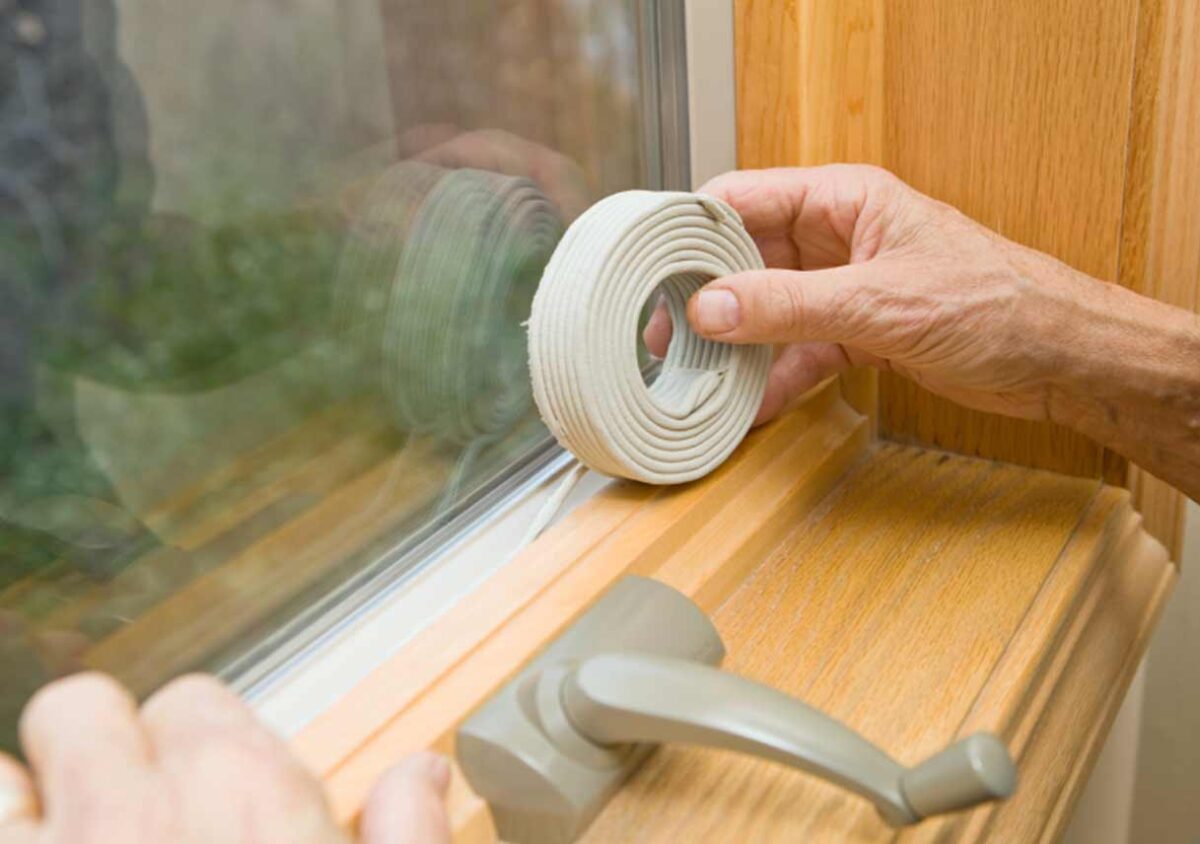
Install weatherstripping in your doors, no matter how good sealing might look, as it is never good enough to prevent energy leaks. Besides that, if there are any cracks, be sure to repair them, which is not too complicated, and you can do it on your own. Doing this can help us save up to twenty percent on our energy bills, and it is a pretty high percent. It is also crucial to carry out regular inspections and check out for large openings because each of them can cause a disaster. If there are any openings, we should perform the necessary repairs or replacements immediately.
4. Deal With Chimney Heat Loss
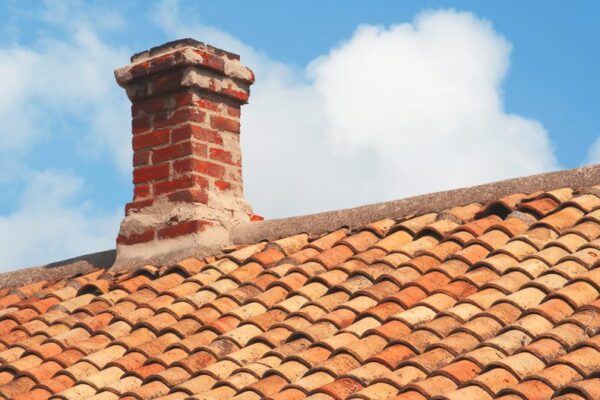
While our fireplace helps in keeping our home warm, it can also be a source of heat loss, especially if it is not built properly. For drafty chimneys, it is necessary to install a chimney balloon in order to prevent unnecessary energy loss.
Loose-fill fiberglass, for instance, is a popular insulator because of many reasons, and we can find it almost everywhere. It’s efficient, affordable, and long-lasting, which is all we need from one insulator. Insulating our chimney is one of the most important energy improvements we should consider, and if we skip this important step, our home will lose energy no matter what else we do to try to prevent it.
5. Thermal Bridging Can Be Effective
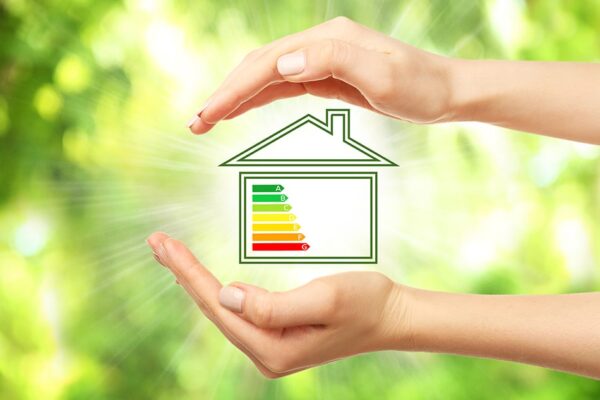
Thermal bridges can also aid in heat loss, but many people are not even aware of that. When conductive materials come into contact with walls, they can easily cause energy loss, but luckily there is a solution for that, and we can easily prevent it.
Adding foam or an extra layer of insulation around studs is an efficient way to prevent thermal bridging, and it does not require too much effort, meaning that many people can do it on their own.
Alternatively, we can choose to keep our doors closed and install draught excluders at the bottom of our doors and windows, which, in the end, might be a little more expensive idea, but probably an even simpler one.
The Bottom-Line
There are several causes of energy leaks at home, and it is crucial to find the problem as soon as possible and fix it, or, even better, prevent it in time. From air leakages to poor windows, several things can lead to this type of leak and cause severe problems such as the impossibility to heat the house and huge energy bills.
Thus, it’s important to underhand these causes in the shortest possible time, or it can be pretty difficult to make things right and save enough energy and money.
This article should help you design strategies to reduce these leaks and learn how to do it step by step without too much effort. The above guide contains tips and tricks for solving common problems that can cause energy leaks, and we hope that reading it helped at least a little to every person who read it.

